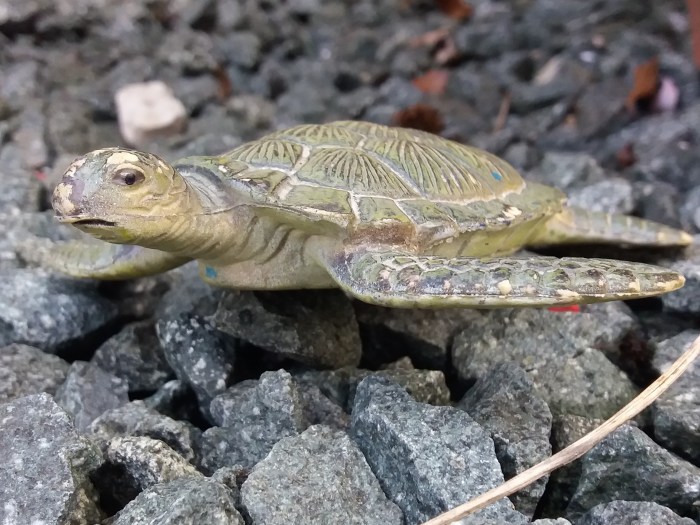Images by Takama; additional text by bmathison1972
This caracal (Caracal caracal) figure was produced by Yowie Group (=Yowie USA) in their Premier Series, which was the relaunch of the popular Yowie line.
The caracal is a small to medium-sized cat endemic to savannas, dry forests, and grasslands of sub-Saharan Africa, Arabian Peninsula, Middle East, and Central Asia, as well as coastal North Africa.















